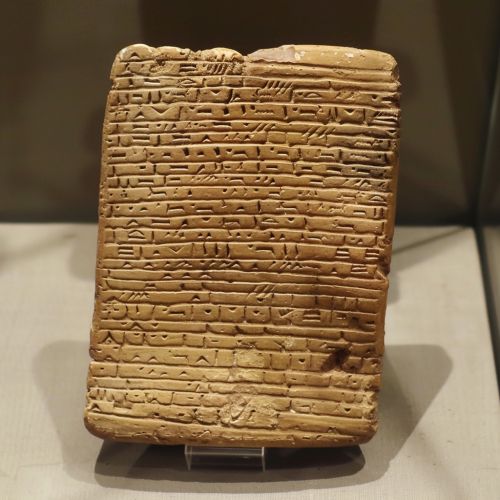History of writing
Origins of Writing
Writing, as we understand it today, is a system of graphic marks representing the units of a specific language. The origins of writing are tied to the development of human civilization and the process of cultural evolution. The earliest forms of writing were pictographic, meaning they were based on pictorial representations of objects or ideas.


The first known system of writing, cuneiform, was developed by the Sumerians in Mesopotamia around 3200 BC. This system was initially pictographic, but it evolved over time to represent sounds and ideas more abstractly. The evolution of cuneiform is a prime example of the shift from pictographic writing to a more abstract system of symbols.
Development of Alphabets
The development of alphabets marked a significant advancement in the history of writing. An alphabet is a set of symbols, or letters, that represent the phonemes of a spoken language. The first known alphabet, the Phoenician alphabet, was developed around 1200 BC. This alphabet was a significant advancement because it represented not only consonants, but also vowels, making it a more accurate representation of spoken language.
Writing in Ancient Civilizations
Many ancient civilizations developed their own systems of writing, each with its own unique characteristics and purposes. The Egyptians developed Hieroglyphs, a system of writing that combined logographic, syllabic, and alphabetic elements. The Chinese developed Chinese characters, a logographic system of writing that is still in use today. The Mayans developed a complex system of Mayan script, which is considered one of the most visually striking writing systems.
Writing in the Modern Era
The invention of the printing press in the 15th century by Johannes Gutenberg revolutionized the history of writing. This invention made books more accessible and affordable, leading to a rise in literacy rates and the spread of ideas. The development of typewriters in the 19th century and computers in the 20th century further transformed the process of writing, making it faster and more efficient.
Conclusion
The history of writing is a fascinating journey through human civilization and cultural evolution. From the earliest pictographic systems to the complex alphabets of today, writing has been a fundamental tool for communication, record keeping, and expression of ideas. As technology continues to evolve, so too will the ways in which we write and communicate.
